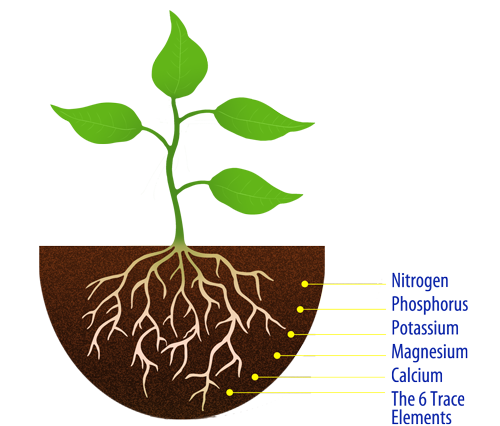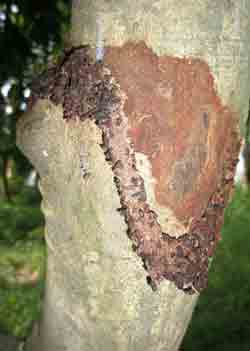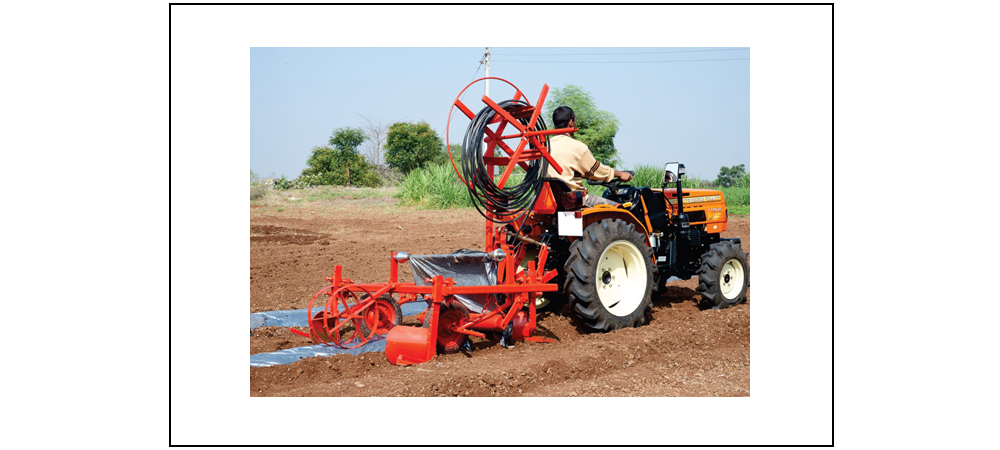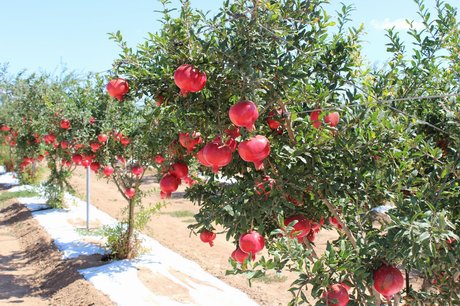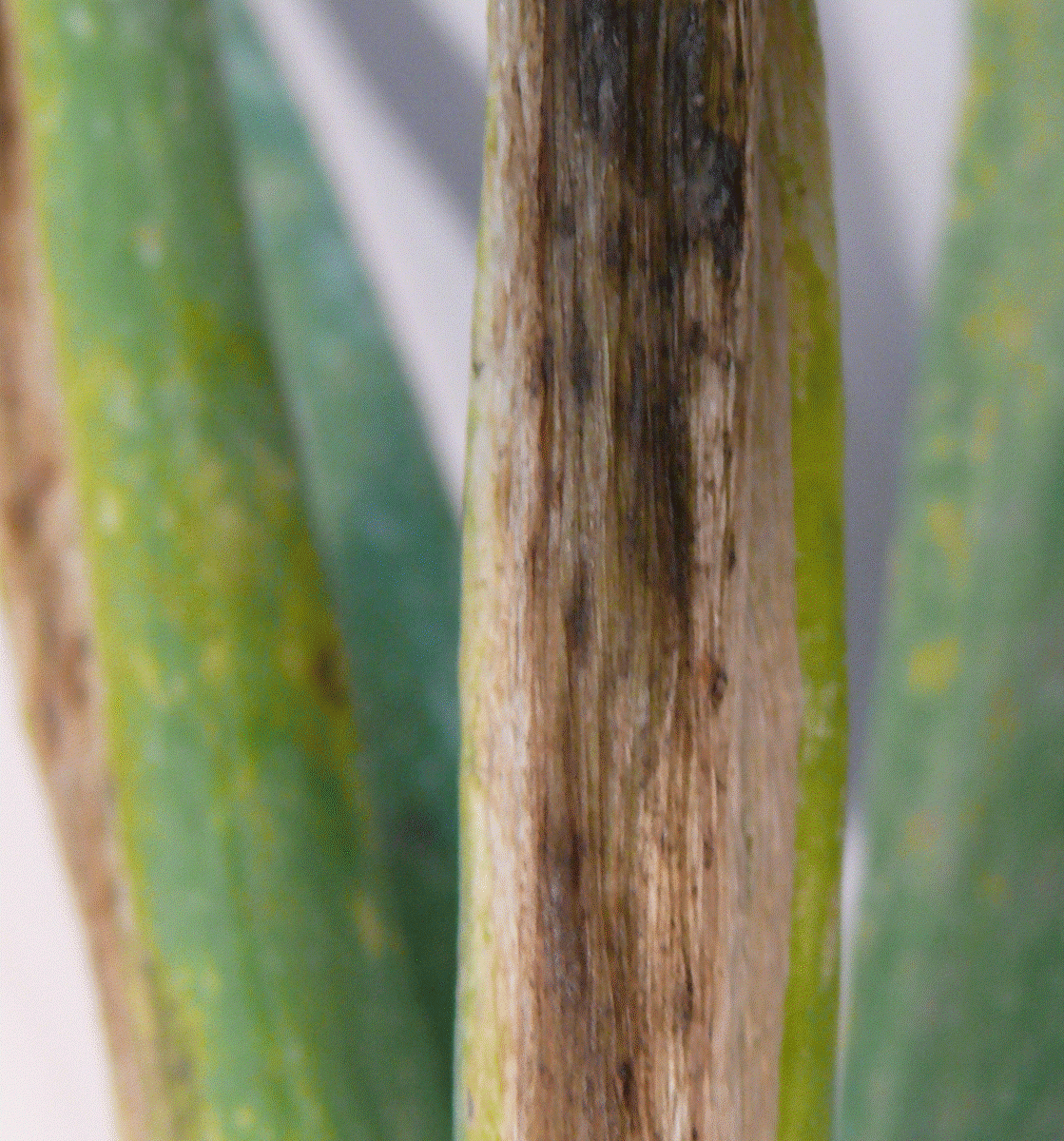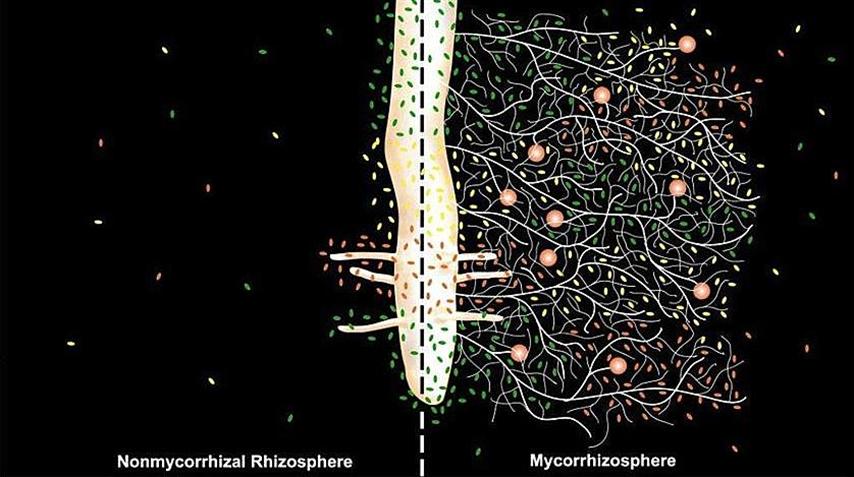डॉ. शंकर लाल गोलाडा
कैसै करें पाले और शीत लहर से फसलों का बचाव
पाले के प्रभाव से पौधों की पत्तियां एवं फूल झुलसे हुए दिखाई देते है। एवं बाद में झड़ जाते हैं। यहां तक कि अधपके फल सिकुड़ जाते है। उनमें झाुर्रियां पड़ जाती हैं एवं कलिया गिर जाते है। फलियों एवं बालियों में दाने नहीं बनते हैं एवं बन रहे दाने सिकुड़ जाते है। दाने कम भार के एवं पतले हो जाते है रबी फसलों में फूल आने एवं बालियां/ फलियां आने व उनके विकसित होते समय पाला पडऩे की सर्वाधिक संभावनाएं रहती है। अत: इस समय कृषकों को सतर्क रहकर फसलों की सुरक्षा के उपाय अपनाने चाहिये। पाला पडऩे के लक्षण सर्वप्रथम आक आदि वनस्पतियों पर दिखाई देते है। पाले का पौधों पर प्रभाव शीतकाल में अधिक होता है।
कब गिरेगा पाला : – जब तापमान 0 डिग्री सेल्सियस से नीचे गिर जाता है तथा हवा रूक जाती है, तो रात्रि को पाला पडऩे की संभावना रहती है। वैसे साधारणत: पाला गिरने का अनुमान इनके वातावरण से लगाया जा सकता है। सर्दी के दिनों में जिस रोज दोपहर से पहले ठंडी हवा चलती रहे एवं हवा का तापमान जमाव बिन्दु से नीचे गिर जाये। दोपहर बाद अचानक हवा चलना बन्द हो जाये तथा आसमान साफ रहे, या उस दिन आधी रात से ही हवा रूक जाये, तो पाला पडऩे की संभावना अधिक रहती है। रात को विशेषकर तीसरे एवं चौथे प्रहर में पाला पडऩे की संभावना रहती है। साधारणतया तापमान चाहे कितना ही नीचे चला जाये, यदि शीत लहर हवा के रूप में चलती रहे तो कोई नुकसान नहीं होता है। परन्तु यही इसी बीच हवा चलना रूक जाये तथा आसमान साफ हो तो पाला पड़ता है, जो फसलों के लिए नुकसानदायक है।
शीत लहर एवं पाले से फसल की सुरक्षा के उपाय : –
खेतों की सिंचाई जरूरी : – जब भी पाला पडऩे की सम्भावना हो या मौसम पूर्वानुमान विभाग से पाले की चेतावनी दी गई हो तो फसल में हल्की सिंचाई दे देनी चाहिए। जिससे तापमान 0 डिग्री सेल्सियस से नीचे नहीं गिरेगा और फसलों को पाले से होने वाले नुकसान से बचाया जा सकता है सिंचाई करने से 0. 5 – 2 डिग्री सेल्सियस तक तापमान मे बढ़ोतरी हो जाती हैं ।
पौधे को ढकें : – पाले से सबसे अधिक नुकसान नर्सरी में होता है। नर्सरी में पौधों को रात में प्लास्टिक की चादर से ढकने की सलाह दी जाती है। ऐसा करने से प्लास्टिक के अन्दर का तापमान 2.3 डिग्री सेल्सियस बढ़ जाता है। जिससे सतह का तापमान जमाव बिंदु तक नहीं पहुंच पाता और पौधे पाले से बच जाते हैं। पॉलीथीन की जगह पर पुआल का इस्तेमाल भी किया जा सकता है। पौधों को ढकते समय इस बात का ध्यान जरूर रखें कि पौधों का दक्षिण पूर्वी भाग खुला रहे, ताकि पौधों को सुबह व दोपहर को धूप मिलती रहे।
खेत के पास धुंआ करें : – अपनी फसल को पाले से बचाने के लिए आप अपने खेत में धुंआ पैदा कर दें, जिससे तापमान जमाव बिंदु तक नहीं गिर पाता और पाले से होने वाली हानि से बचा जा सकता है।
रासायनिक उपचार : – जिस दिन पाला पडऩे की सम्भवना हों उन दिनों फसलों पर गंधक के तेजाब के 0.1 प्रतिशत घोल का छिड़काव करना चाहिये। इस हेतु एक लीटर गंधक के तेजाब को 1000 लीटर पानी में घोलकर एक हेक्टर क्षेत्र में प्लास्टिक के स्प्रेयर से छिड़कें। ध्यान रखें कि पौधों पर घोल की फुहार अच्छी तरह लगें। छिड़काव का असर दो सप्ताह तक रहता है। यदि इस अवधि के बाद भी शीत लहर व पाले की संभावना बनी रहे तो गंधक के तेजाब को 15 से 15 दिन के अन्तर से दोहराते रहें।
>>>सल्फर 90 % WDG पाउडर को 3 किलोग्राम 1 एकड़ में छिड़काव करने के बाद सिंचाई करें ।
>>> सल्फर 80% WDG पाउडर को 40 ग्राम प्रति पम्प (15 लीटर पानी) में मिलाकर स्प्रे करें ।
दीर्घकालिन उपाय : – फसलों को बचाने के लिये खेत की उत्तरी-पश्चिमी मेड़ों पर तथा बीच-बीच में उचित स्थानों पर वायु अवरोधक पेड़ जैसे शहतूत, शीशम, बबूल, खेजड़ी अरडू एवं जामुन आदि लगा दिये जाये तो पाले और ठण्डी हवा के झोंको से फसल का बचाव हो सकता हैं ।
Source:- https://www.krishakjagat.org
नीचे दिए गए बटन पर क्लिक करके अन्य किसानों के साथ साझा करें।
Share

